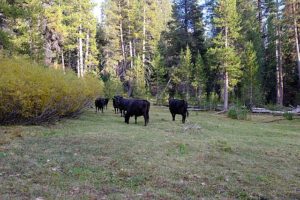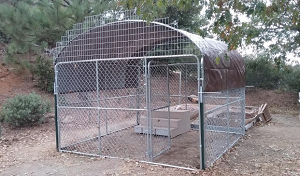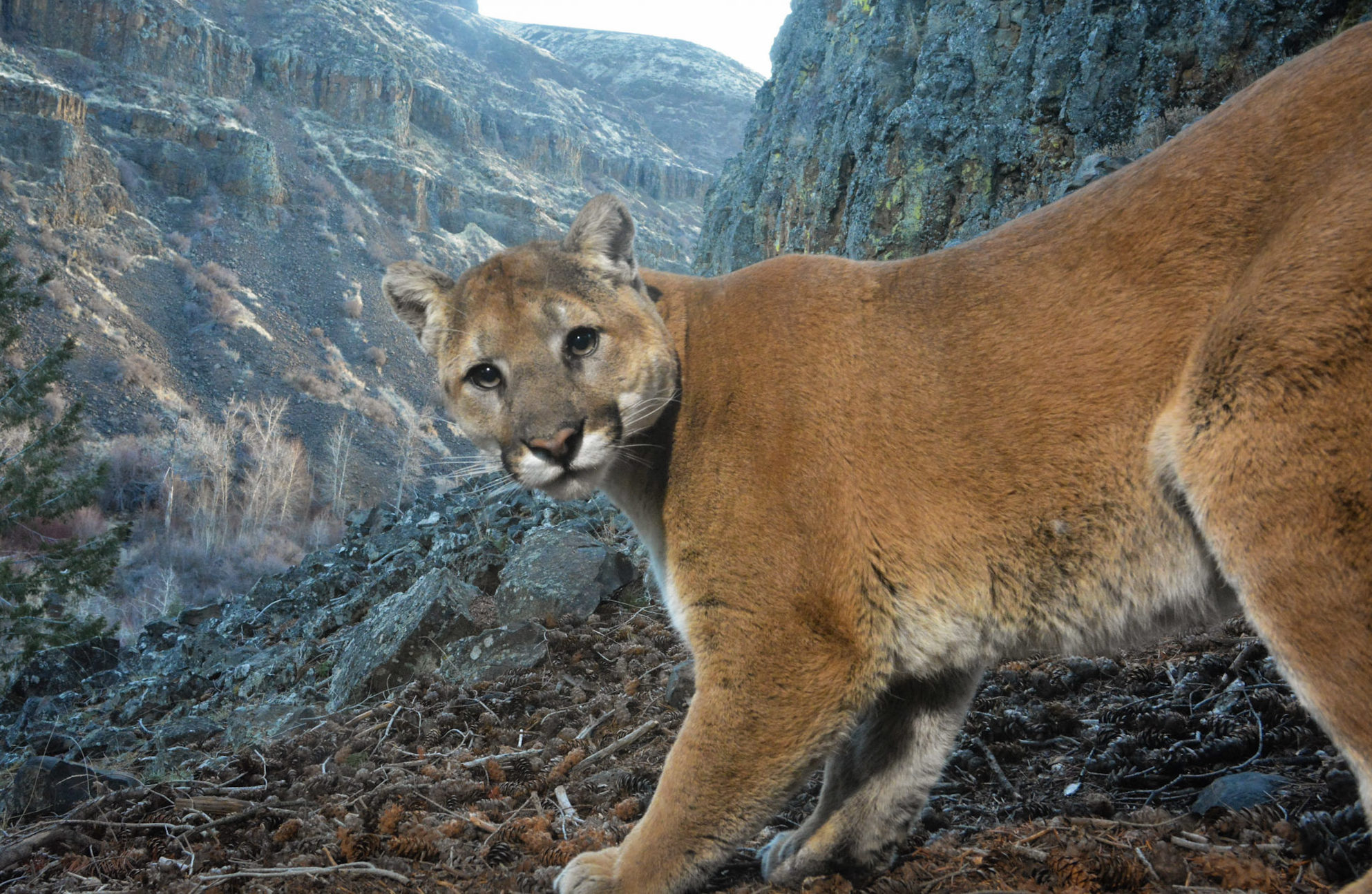Coexistence Navigation:
What Is Coexistence?
On The Range
At The Homestead
In Your Backyard
On The Trail
Respecting Grazing Operations
For Pet Owners
Ranching Supports Wildlife

Ranching operations play an important role in wildlife conservation, producing essential food and fibers for humans on land with far greater biodiversity than land farmed for crops. Because the land managed by responsible ranchers will be an attractive habitat for the types of animals they raise, the land will also attract wild ungulates, birds, and mammals to live on and pass through. Ranches can create refugia that support animals that cannot survive in crop fields, such as ground-nesting and burrowing birds, native ground-nesting bees, native plants, mammals like badgers, weasels and ground squirrels, and in larger operations, ungulates like antelope, deer, elk, moose, and bighorn sheep. Of course, carnivores are attracted to all of those species. This is a valuable and positive way to support biodiversity. While it is a mark of success and pride to be ranching on land that will support apex carnivores like mountain lions, ranchers still need to run businesses without excessive losses. Ranchers, farmers and the general public can protect wildlife by not allowing them to rely on livestock as prey. Many cultures around the world have raised cows and sheep and goats alongside large carnivores for millennia, and there are many opportunities to learn from their successes and incorporate modern technology alongside age-old practices.
Mountain Lions Support Healthy Ranches
Thriving, healthy mountain lions are an asset to a ranching operation. A healthy lion protects and defends the territory where he or she (and you) live and work. Healthy adult males tend to range across the territories of several established females. Both male and female lions controlling territory keep transient youngsters — the main source of conflicts with humans — from lingering in your area or messing with your livestock. Encouraging healthy relationships in the natural world benefits our ranching operations by discouraging disease in wild ungulates through selective predation, increasing plant biodiversity on pasture that both native and domestic ruminants eat, and keeping watersheds healthy. Learning to live and work alongside the mountain lions we have is a more successful strategy than lethal removal, which results in a revolving door of the young and sometimes desperate mountain lions which often generate conflict.
Fostering Coexistence On Your Ranch
Mountain lion territory includes most of the North American continent and continues into South America. Though they have been persecuted and extirpated from much of the Eastern United States, individuals have been confirmed to travel many miles to return to their ancestral territories. If you are ranching on this continent, you are in mountain lion territory of the past, present and/or future. Mountain lions are an ecosystem asset, and can coexist alongside ranching operations peacefully with responsible stewardship strategies. Below are some practical tips for coexistence.

Night Shelters: Enclosing small livestock like sheep, goats, and poultry securely inside at night is one of the best ways to protect them from any predator, both native and domestic, such as feral dogs. On a small homestead, which represent 70-80% of depredation incidents, this shelter could take the place of a secure barn or mobile panel pen with a roof. On larger rotational pasture operations, a night pen made of tall, properly tensioned and energized electric fence, especially when paired with additional deterrents such as a guardian dog and/or solar motion lights, can be very effective. In any case, shelters should be kept clean, and brush and other cover minimized around the shelter.
Lambing & Calving: The most vulnerable time for livestock is during lambing and calving. Mountain lions almost never prey on cattle, but all manner of predators, from feral dogs, to coyotes, bobcats to mountain lions, raptors to ravens can be attracted to the smell of blood and vulnerable newborn lambs. Ideally small ruminants should lamb in a secure barn, which has a number of additional benefits, such as preventing losses due to hypothermia, lamb loss or confusion among ewes, and ease for the shepherd of record keeping and veterinary aid. If this is not possible for a sheep flock, or when calving a group of cattle, bringing the herd or flock as close into ranch headquarters as possible, increasing human presence, and adding deterrents such as gadfly devices, flashing motion lights, or guardian dogs is beneficial. In addition to these physical and psychological deterrents, lambing or calving in the Fall rather than the Spring seems to encourage lower predation rates, because predators tend to have the most stress and pressure to find prey in the Spring due to their own reproductive cycle.
Working Hours: mountain lions are most active at dawn and dusk. Keeping animals enclosed until the sun is fully up, and inside a barn, field shelter or night pen before dusk, can greatly reduce opportunities for conflicts. Limiting farm work during those hours on the wild interfaces, and reducing noise and disruption, gives resident carnivores a safe time to cross your land and hunt their native prey without coming into conflict with you.
Information on carnivore deterrents and livestock guardian dogs can be found on our At The Homestead page


